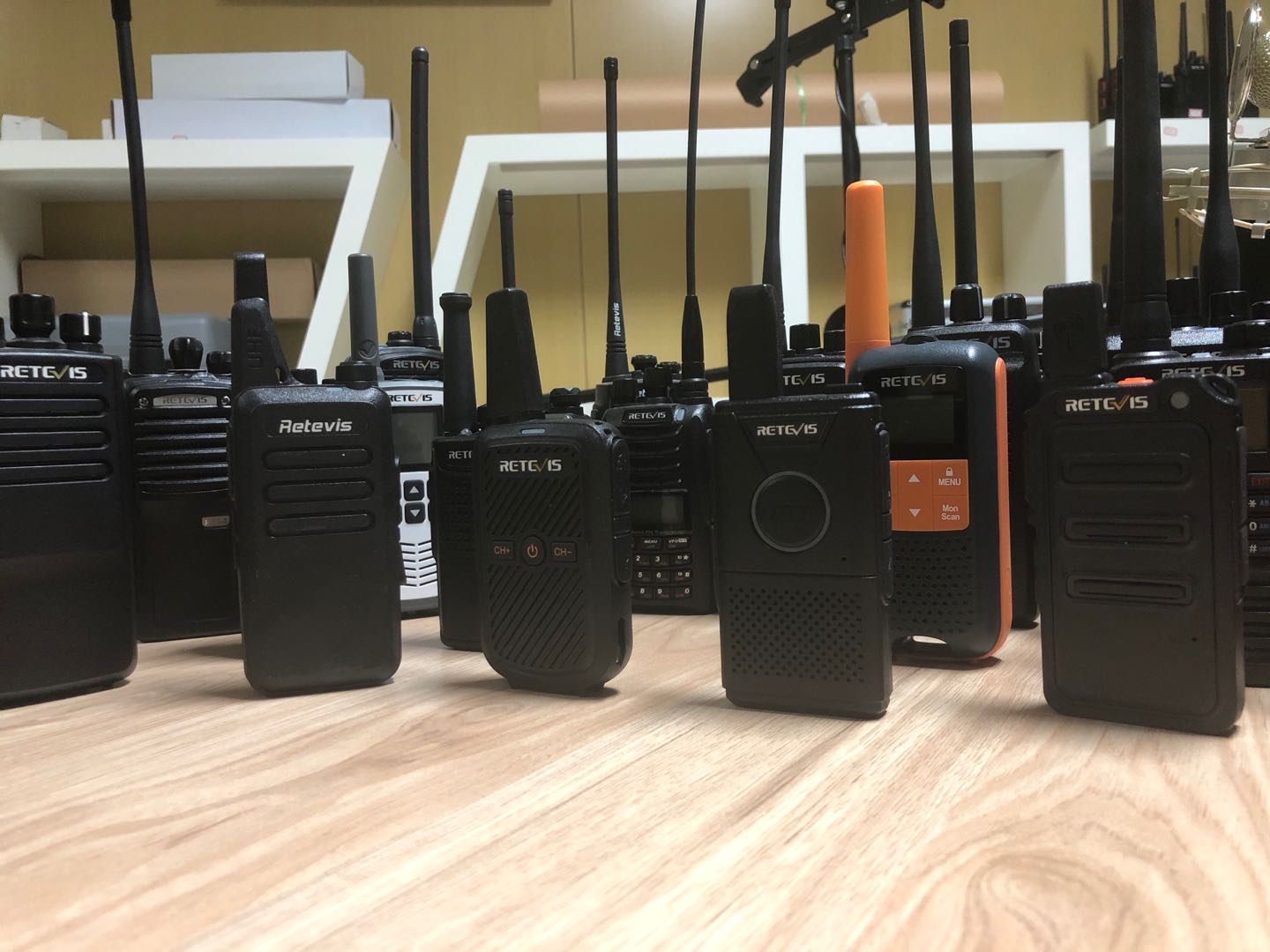Why can walkie-talkies achieve a communication distance of more than ten kilometers, and mobile phones must rely on base station equipment?
- Retevis Solutions
- radio signal, mobile phone signal, the difference between radio and mobile phone, radio talking range

The walkie-talkie is a two-way mobile communication tool. It can talk without any network support, and there is no call charge. It is suitable for short-distance calls.
Mobile phone, full name of mobile phone or wireless phone, usually called a mobile phone, is a portable telephone terminal that can be used in a wider range.
Both the two-way radio and the mobile phone are communication tools. However, the biggest difference is that the two-way radio can realize intercom alone, the communication distance can reach more than ten kilometers, and the mobile phone must rely on base station equipment. Do you know why?
First of all, we need to be clear that the functions of mobile phones and walkie-talkies are different. In other words, before we design these two products, their market positioning is different, so they have created different designs.

Before comparing the walkie talkie and mobile phone, let's take a look at the principle of signal transmission:
The signal transmission process mainly involves three parts: the transmitting part, the channel and the receiving part.The transmitting end transmits a signal, and the channel refers to the frequency band where the signal is located, while the receiving end is used to receive the signal.Both mobile phones and walkie-talkies have both transmitting and receiving functions.
According to different needs, the classification of radios is also different: according to the different ways of use, it can be divided into handheld, vehicle-mounted, fixed, and relay; according to the different ways of communication, it can be divided into simplex communication radio and duplex communication Iradio; according to different communication services, it can be divided into public radio, digital radio, police radio, marine radio, aviation radio, etc. Through various application scenarios, we can see that the commonality is that the function of the radio is a specific point-to-point dedicated communication, and the transmission distance will not be very far (such as inter-provincial or global communication).
However, the functions to be realized by (mobile phone) mobile communication are completely different. What it requires is that anyone can communicate anytime, anywhere. This requires signals to be able to be transmitted over long distances. In the process of signal transmission, the air, buildings, trees, and peaks will weaken the quality of the signal, thereby affecting the transmission distance and the power of the signal transmitter.
So if you want to call a friend in a foreign country, there is no base station to strengthen the signal transmitted by your mobile phone and then pass it to the base station in another area, it is difficult for the other party to receive what you want to say or text message. In other words, the role of the base station here is to strengthen the weakened signal transmitted by your mobile phone for retransmission. Of course, the functions of mobile phones are much stronger than those of walkie-talkies, such as Internet access and fast speed. These are closely related to the functions of base stations.






